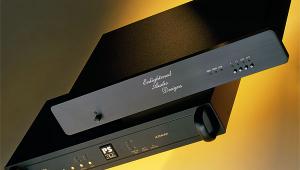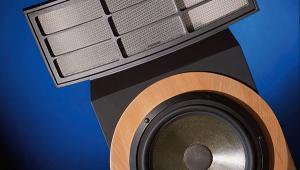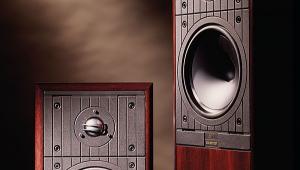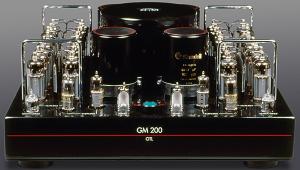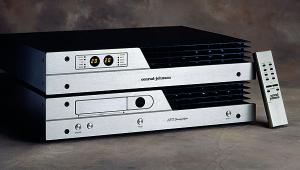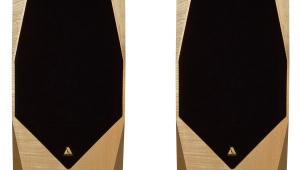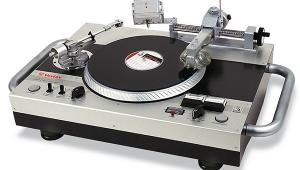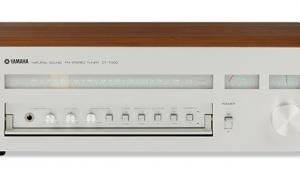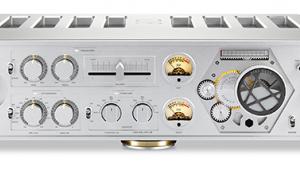Chicago, Chicago . . .
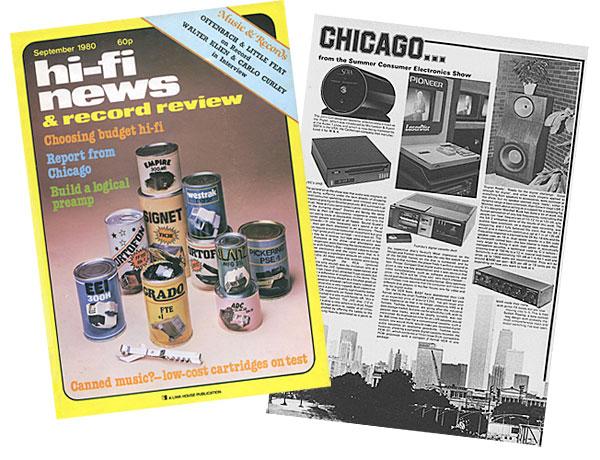
Thought highly of by many, the Canadian 'Oracle' turntable is winning a reputation as perhaps the first design to supersede the performance of Linn's respected Sondek. Beautifully engineered, the rigid laminated subchassis arm mount is hung from three springs, which can be adjusted from above.
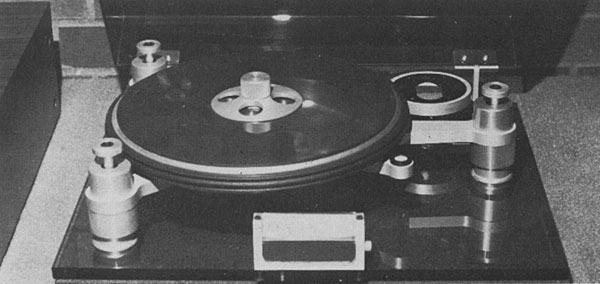
The one-piece platter is internally damped and driven by a belt (33.33 and 45rpm) in the same plane as the centre of gravity, thus minimising the fine adjustments that decks such as the Linn require. The mat appears to be a 'Spectra' and the record is clamped tight with an integral screw-down clamp, effectively creating a vacuum, we are told, between record and mat.
I had a good listen to the Oracle deck and on records I was familiar with, it did seem that I heard much more information – more coherently presented – than I had previously realised was there.
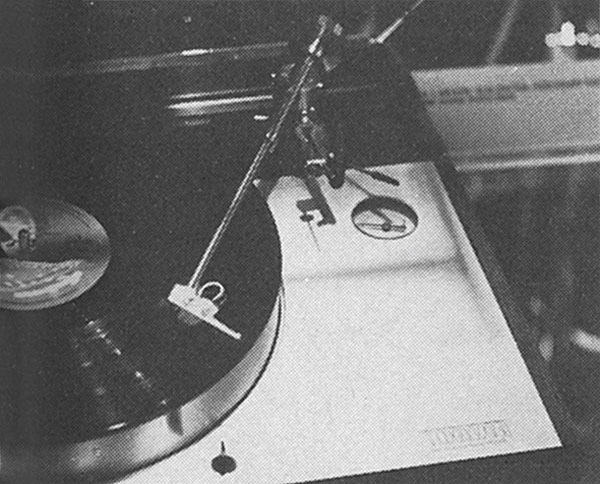
The significant part of this picture of a new Lux turntable, the PD555, is the air pressure gauge. A separate air pump creates a partial vacuum in slots within the mat, thus effectively bonding the record to the mat. It's a technique always used on cutting lathes, but this must be the first consumer application.
Using KEF 105IIs, Lux did an A/B comparison showing the significant effect of good mat/record contact by turning the pump on and off. It is claimed to work with warped records, but the model being demonstrated had been damaged slightly and could only manage reasonably flat ones.
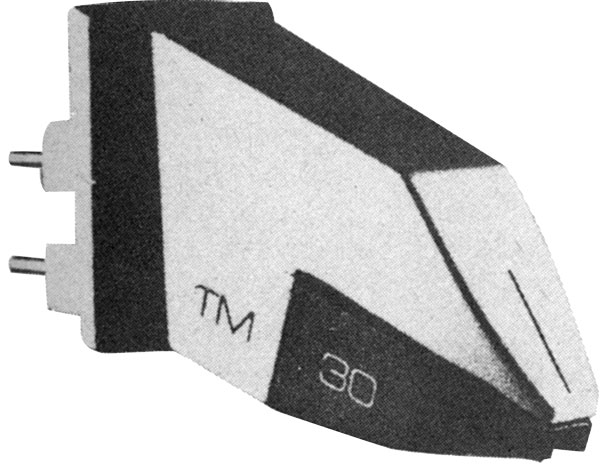
Technics' tiny new SL-10 turntable certainly excited our American friends, and hot news at the show was that Ortofon has produced a version of its LM30 cartridge to fit it. It's called the TM30. Other manufacturers are expected to produce pick-ups compatible with the deck shortly.

David Fletcher of Sumiko, the US Grace and Supex importer, is seen here holding his new tonearm, modestly called 'The Arm'. Bearing some resemblance to the Breuer in concept, 'The Arm' is fabricated totally out of aluminium so as to avoid reflections at metal/metal interfaces of any energy that makes its way into the arm, and thus provide a low mechanical impedance path to earth. We believe that Linn Products will be handling David's arm in the UK.
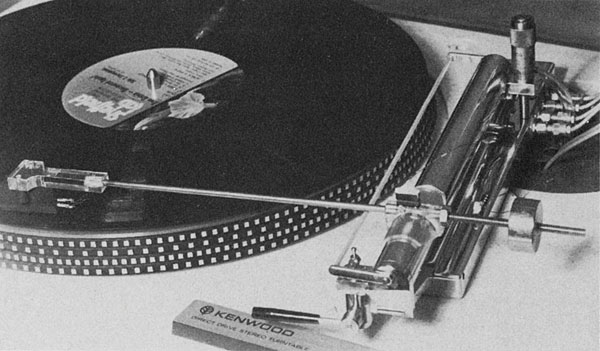
Many manufacturers offer parallel-tracking tonearms these days, and one of the first to have done so, Harman Kardon, is still in there with a new Rabco, the ST-5. Unique, however, is the Denneson ABLT-1 which floats the bearing housing on a frictionless air cushion. Normal parallel-trackers use a servo to move the arm, which can reintroduce much of the lateral error eliminated by the decision to go 'parallel', but the frictionless bearing enables the Denneson to follow the groove inward.
A built-in micrometer screw enables the arm height – and hence vertical tracking angle – to be varied during play and the signal leads are isolated to enable balanced operation with differential input preamps. Magnetic damping is used, different mass counterweights are provided and the concept seems to be beyond criticism. However, my one reservation concerned the rigidity of the arm because the slender interchangeable arm tube looked too slender, and the air cushion does provide another compliance at a point where, ideally, arm vibrations should be grounded.
Denneson, which is based in Beverly, Massachusetts, also markets a superb lateral tracking error optimiser it calls the 'Soundtrackor'. This allows the user very quickly to set simultaneously the overhang within 0.003in as well as the offset angle.










